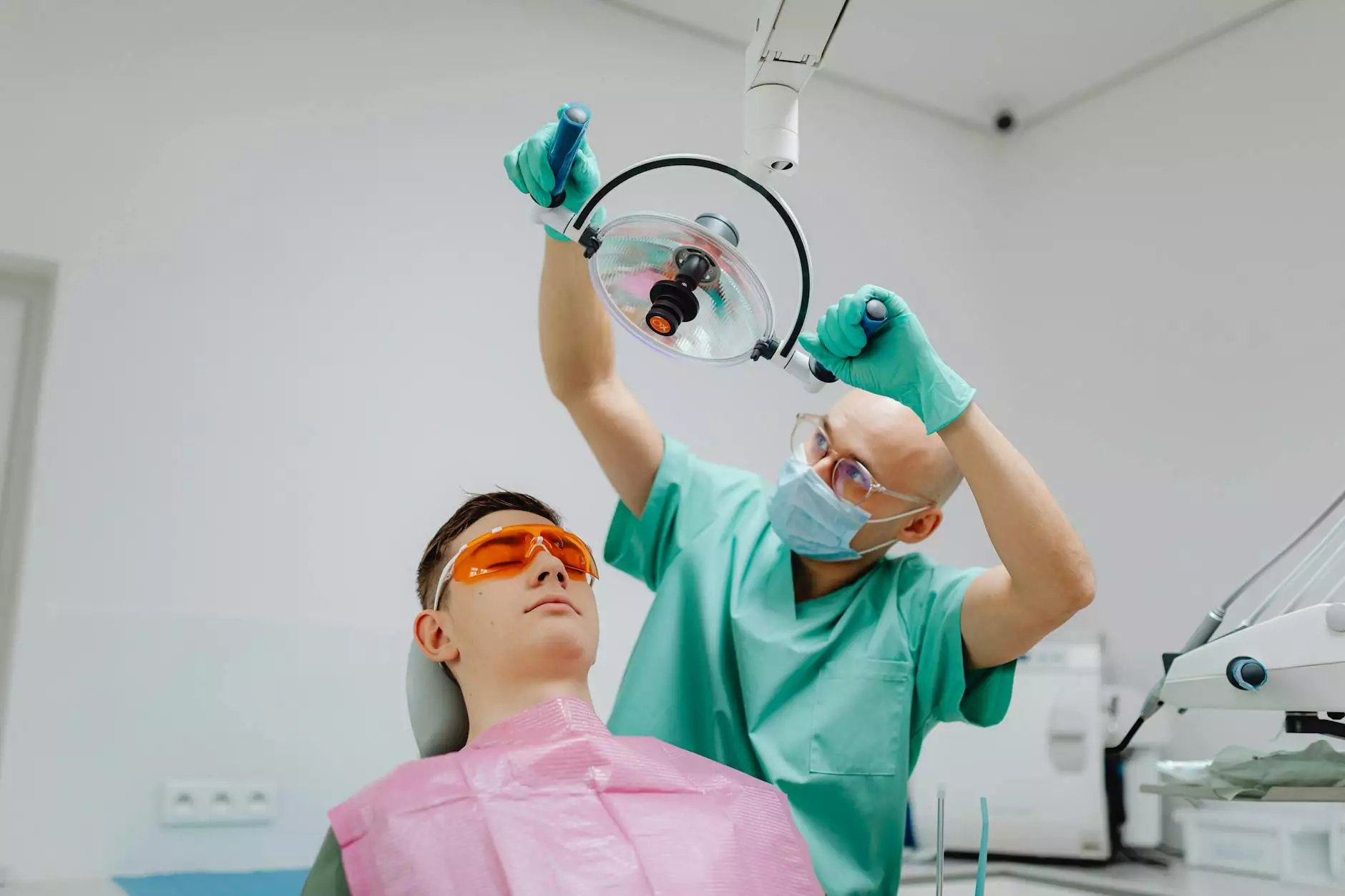Understanding Tenosynovitis vs Tendonitis: A Comprehensive Guide

In the realm of musculoskeletal health, the terms tenosynovitis and tendonitis are frequently used, often leading to confusion among patients and healthcare providers alike. Both conditions are related to inflammation and pain in the tendons, yet they are distinct in their causes, symptoms, and treatments. In this article, we will delve into the intricacies of tenosynovitis vs tendonitis, empowering you with the knowledge to identify, manage, and treat these conditions effectively.
Defining Tenosynovitis and Tendonitis
Before we dive deeper into the differences, let us define each condition:
What is Tenosynovitis?
Tenosynovitis refers to the inflammation of the synovial sheath that surrounds a tendon. This sheath is crucial as it allows for smooth movement of the tendon within its corresponding joint. Commonly affected areas include the wrists, hands, and ankles. The inflammation can lead to difficulties in movement and significant discomfort. Oftentimes, tenosynovitis is linked to repetitive motion injuries or infections.
What is Tendonitis?
In contrast, tendonitis refers specifically to the inflammation of the tendon itself, which connects muscle to bone. This condition can arise from acute injuries or chronic overuse, leading to pain and stiffness in the affected region. Tendonitis commonly affects the shoulder, elbow, knee, and Achilles tendon.
Key Differences Between Tenosynovitis and Tendonitis
Understanding the differences between these two conditions is crucial for proper diagnosis and treatment. Here are the primary distinctions:
- Location of Inflammation:
- In tenosynovitis, the inflammation occurs in the synovial sheath surrounding the tendon.
- In tendonitis, the inflammation is localized within the tendon itself.
- Causes:
- Tenosynovitis can be triggered by repetitive motions, infections, or inflammatory diseases.
- Tendonitis is primarily caused by repetitive strain or acute injury.
- Symptoms:
- Both conditions exhibit pain and limited motion, but tenosynovitis may also involve swelling of the synovial sheath.
- Tendonitis typically presents with pain directly over the tendon during movement and tenderness.
Common Symptoms of Tenosynovitis and Tendonitis
Identifying the symptoms of both conditions is vital for early treatment:
Symptoms of Tenosynovitis
- Pain: Pain is usually felt along the course of the tendon, particularly during movement.
- Swelling: Visible swelling may occur around the affected joint.
- Stiffness: Limited range of motion may be observed, especially in the morning or after prolonged rest.
- Crepitus: A grating sensation may be felt during movement of the affected tendon.
Symptoms of Tendonitis
- Pain: Persistent pain that worsens with movement or activity.
- Tenderness: The affected tendon is tender to touch.
- Stiffness: Movement may be restricted, particularly after periods of inactivity.
- Weakness: Painful movements may lead to muscle weakness in the surrounding areas.
Causes of Tenosynovitis and Tendonitis
Understanding what causes tenosynovitis and tendonitis can help you avoid these conditions in the future.
Causes of Tenosynovitis
- Repetitive Motions: Engaging in repetitive activities, such as typing or playing musical instruments, can irritate the tendon sheath.
- Infections: Bacterial or viral infections can lead to inflammation of the tendon sheath.
- Inflammatory Conditions: Conditions like rheumatoid arthritis can predispose individuals to tenosynovitis.
Causes of Tendonitis
- Overuse: Excessive or improper use of a tendon can cause micro-tears, leading to inflammation.
- Aging: The natural aging process can decrease tendon elasticity, increasing the risk of injury.
- Medical Conditions: Diabetes, obesity, and other systemic conditions can contribute to tendonitis.
Diagnosis of Tenosynovitis vs. Tendonitis
An accurate diagnosis is vital for effective treatment. Healthcare professionals typically use a combination of patient history, physical exams, and imaging tests to diagnose these conditions.
Physical Examination
A healthcare provider will assess the affected area for signs of inflammation, tenderness, and range of motion. They may also perform specific tests to determine which tendon is affected.
Imaging Tests
In some cases, X-rays or MRIs may be ordered to visualize the tendon and any associated structures. These can help differentiate between tenosynovitis and tendonitis by highlighting the involved areas.
Treatment Options for Tenosynovitis and Tendonitis
The treatment for both conditions typically involves a combination of rest, physical therapy, and sometimes medications. Understanding these options can empower you to seek the right care.
Rest and Activity Modification
Regardless of the condition, rest is vital. Reducing or modifying activities that exacerbate the pain is essential for recovery.
Physical Therapy
A physical therapist can design a rehabilitation program that may include stretching and strengthening exercises aimed at restoring function and alleviating pain.
Medications
Over-the-counter anti-inflammatory medications, such as ibuprofen, can help reduce pain and inflammation. In some cases, a healthcare provider may recommend corticosteroid injections for more severe cases.
Surgery
While rare, surgery may be necessary for chronic cases of tenosynovitis or tendonitis that do not respond to conservative treatments. This typically involves removing damaged tissue or repairing the tendon.
Prevention Strategies
Both tenosynovitis and tendonitis can often be prevented with a few proactive measures:
- Warm-Up and Stretching: Always warm up before engaging in physical activity and stretch regularly.
- Ergonomics: Ensure your work environment is ergonomically sound to reduce strain on your tendons.
- Gradual Increases in Activity: Gradually increase the intensity and duration of physical activities to avoid overuse injuries.
When to Seek Medical Attention
If you experience persistent pain, swelling, or limited motion, it’s essential to seek medical attention. Early diagnosis and treatment can significantly improve outcomes for both tenosynovitis and tendonitis.
Conclusion
In summary, understanding the differences between tenosynovitis and tendonitis is crucial for effective treatment and management. By recognizing symptoms, causes, and treatment options, individuals can take charge of their health and seek appropriate care when needed. With proper management, both conditions can be effectively treated, allowing patients to return to their daily activities with confidence.
To keep yourself informed and proactive about your health, consider consulting experts in the field of Health & Medical care, such as those found at iaom-us.com, where you can find more resources on the best practices for preventing and treating musculoskeletal disorders.









